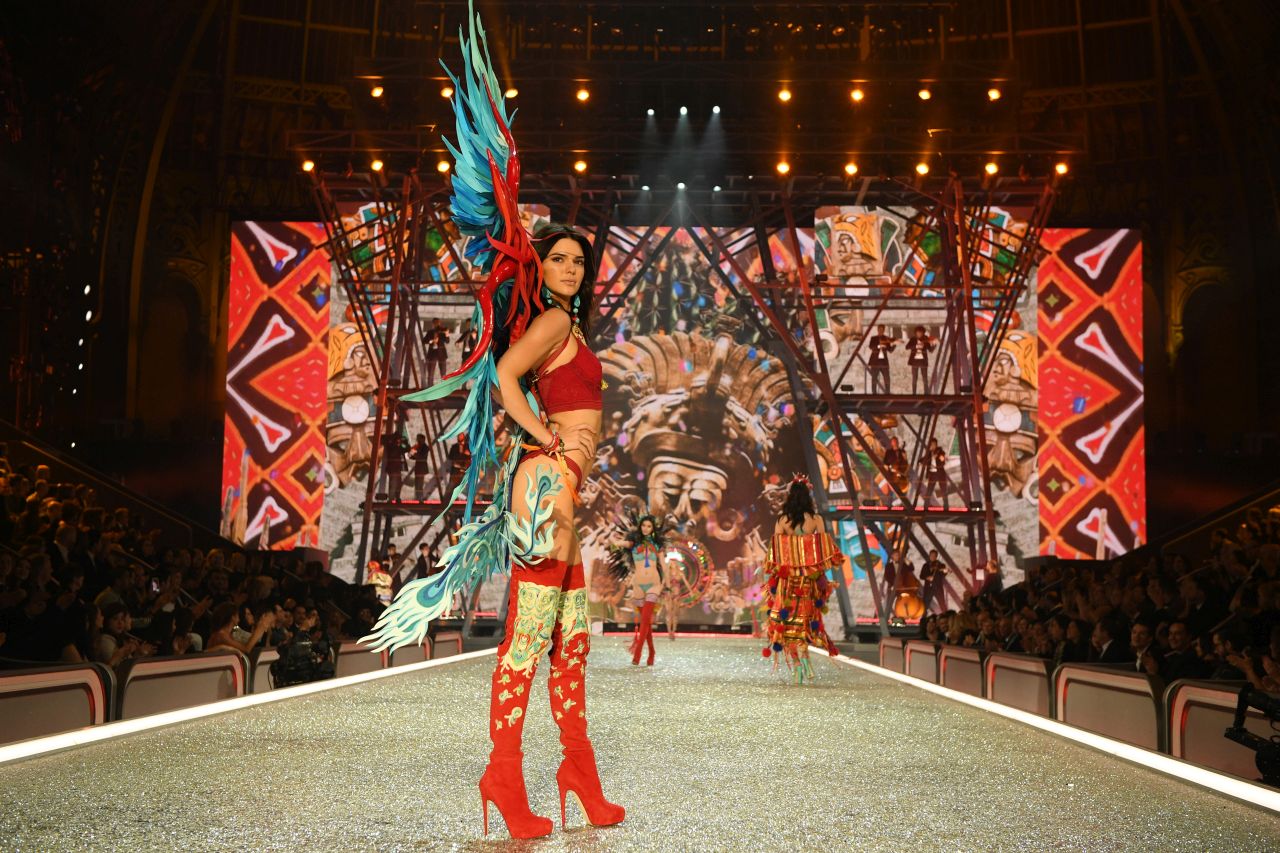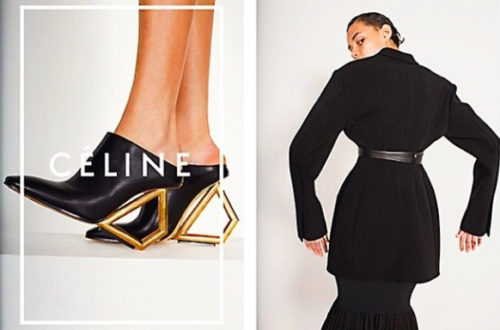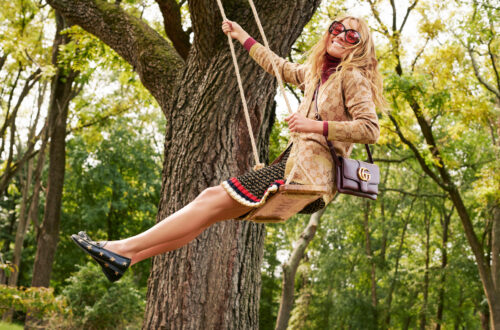
“Suppose I buy this Prada bag and I wear it 600 times. That would be around 5$ a wear, which is essentially free!”
This is the main logic behind “Girl Math”, the latest trend originated from TikTok which is currently reframing the narrative around luxury indulgences.
In the magical world of girl math cash is not actual currency, sale purchases equate to savings, and cosmetic procedures are an “investment in your future self”. The same way attending a concert is essentially cost-free, since you bought the tickets so far in advance, and returning an item means you are receiving free money.
But behind of all this humor and flawed calculations, there is an unimaginable economic impact. According to PYMNTS, consumers are indulging into “once in a lifetime” expenditures despite the presence of rising inflation.
Girl math is far more complex than just dividing numbers, it is about a mindset that makes luxury purchases feel reasonable. The trend started from a discussion about the perspective of women and their finances and, as anything born on TikTok, it started to take a life of its own.
Experts that are already studying the phenomenon are defining it as a dance between economics and psychology, with some already stating that Girl Math is solely another nuance of behavioral economics.
As stated by Richard Taler, the father of behavioral economics:
“The lesson from behavioral economics is that people only save if it’s automatic.”

More precisely, “Girl Math” is a mental bias deeply intertwined with concepts such as the anchoring and framing of sales prices, or again that of seeing refunds as getting free money, only more fun and self-deprecating.
According to a research paper from Stanford’s Graduate School of Business, in addition to the rationalizing of these purchases, another psychology behind the used payment method can be individualized. Buying expensive items in cash makes them easier to forget, due to absence of a paper trail. This works very well for “an indulgent purchase that doesn’t feel super justifiable”, as stated by Christopher Bechler in the paper.
The spiraling rise of the trend can be seen as coming hand-to-hand with “treat” culture, the concept that justifies spending money as a form of self-care during challenging economic times. The instant gratification that a consumer may get from buying a luxurious, often out of budget, item may be worth depriving our savings account of that sum of money.
By using “girl math” as a tool for justifying glamorous purchases, people are prioritizing their emotional well-being over long-term finances. A small way of escapism from all the terrors going on in the world right now.

The question now is: What are the brands going to do about it?
Here is what Kate O’Loughlin, the associate strategy director of Initiative Australia, had to say about it:
“Girl math has demonstrated that spending as a form of self-care is still a reality, no matter the rate of inflation. Buying that new workout set from Lululemon is going to give shoppers a more immediate joy than saving the money for long-term goals like buying a house,” said O’Loughlin. “Marketers can then learn from this yearning for immediate gratification by leaning into joy and humor through their marketing comms. Making people laugh or smile through your advertising will only benefit your brand.”
What started as a simple video on a social media platform is now being fractured as a phenomenon that takes into consideration mental accounting, framing, anchoring and the present bias.
“Girl Math” is teaching the world that the way we manage our finances has a bigger impact on our emotional well-being than we may have ever thought before.
by Antonio Cavallo





